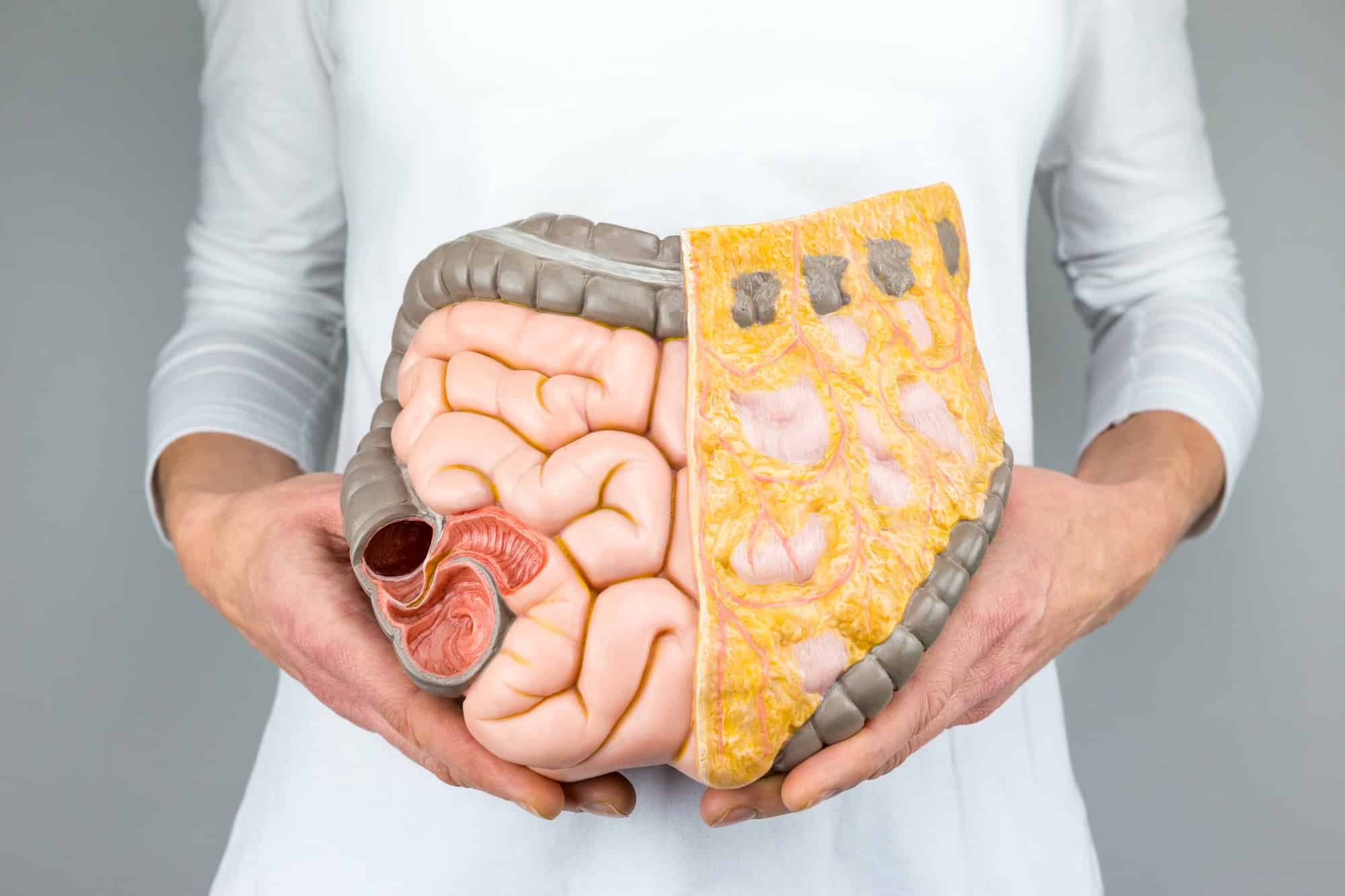5 Factors That Make Weight Loss Challenging for Women Over 50
Losing weight or maintaining a healthy body mass over the age of fifty-years is more difficult for women. If you thought it was your imagination that the pounds seem to increase without effort, even though you have not really changed the way you eat, you aren’t alone.
When you know the five factors that make weight loss challenging for women over fifty, you can evaluate some simple lifestyle and dietary changes that can help.
- Sedentary Lifestyle
When you consider that the average American sits at work, in a vehicle commuting, or at home for about thirteen hours per day, you start to consider how challenging it is for your body to burn calories.
According to the 2015 Dietary Guidelines for Americans, women over 50 years of age should be consuming 1,600 calories daily if they are sedentary, 1,800 calories per day if they are moderately active and up to 2,200 calories per day if they are engaged in cardiovascular activities for more than 1-2 hours per day.
- Busy Schedules and Convenience Foods
Women over fifty may have demanding schedules that make it increasingly more difficult to eat mindfully or plan healthy meals and snacks. So, while you are eating, your body is not satisfied with the nutritional content of convenience foods and snacks. And that means you get hungry again, and reach for something that is easy, fast to prepare and again, low in nutritional value.
- Reduced Hydration and Diuretics
Did you know that there is a strong clinically proven link between chronic dehydration and high-calorie, carbohydrate dense diets? When your body is dehydrated, you may experience:
- Chronic headaches
- Dizziness or light-headedness
- Dry mouth and tongue
- Lack of energy
- Increased cravings for sugar or sodium rich foods
- Feelings of irritability
- Increased tooth decay
- Rapid breathing and increased heartrate and hypertension
The most important thing to remember about dehydration is that it triggers an automatic response in the body, to consume more food. Why? The brain knows it can derive some moisture from any food you eat. So, if you aren’t going to drink water, it can ‘trick’ you into eating to access more of the hydration it needs. And that’s where cravings begin.
- Proteins Are Last on Our List
Meals and snacks that are rich in proteins, healthy fats and fiber keep us feeling full longer, and the complex molecules take more time for our bodies to digest. While the gastrointestinal tract is processing a nutritious fiber and protein rich meal, it does not trigger you to consume more. It has what it needs, and cravings are reduced because you are providing your body with quality nutrition.
The current recommended RDA for protein is 0.8 grams per kilogram (2.205 lbs) of body weight for anyone over the age of 18 years. However, the risk of developing sarcopenia (loss of muscle mass) increases over the age of fifty, and a new 2016 study from the Departments of Food Science and Geriatrics at the University of Arkansas, revealed that older adults are less responsive to low doses of amino acid. Recommendations in the study included an increase of 30% to 35% consumption of healthy proteins, and individuals diagnosed with sarcopenia may need to increase Leucine rich proteins consumed to 1.2 to 1.5 grams per kilogram (2.205 lbs) daily.
- Hormonal Changes
Women understand that their body chemistry will start to change, when they reach age fifty years or older. Menopause is a natural slowdown associated with the end of normative reproductive cycles. But how does menopause impact weight gain and how we burn our calories?
Sarcopenia (loss of muscle mass) is a contributing factor, as the decline in muscle also means a reduction in the net total calories burned daily. There are other symptoms associated with menopause such as poor sleep quality, which can lead to an increased craving for high-carbohydrate foods and snacks.
It’s all about finding the right equation to balance calories in, with calories burned based on your activity level. And when you define those parameters as a woman over fifty years in age, you’ll start to find that weight management becomes more manageable. We’ve compiled a guide to women’s health and wellness as we age.





















